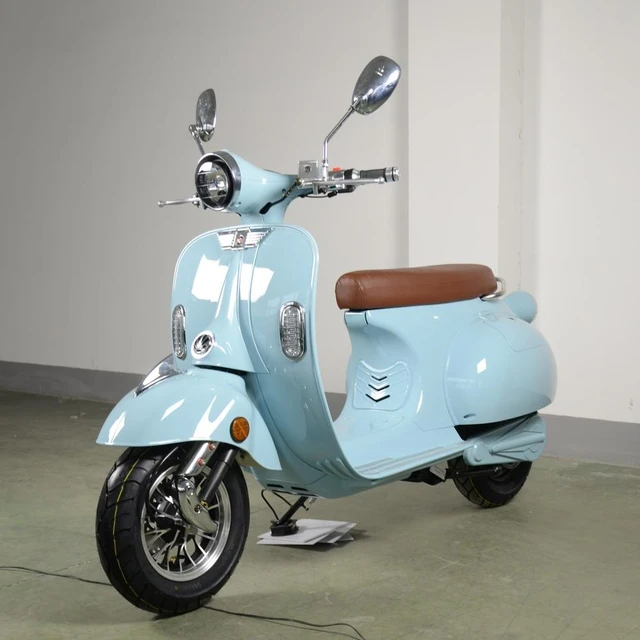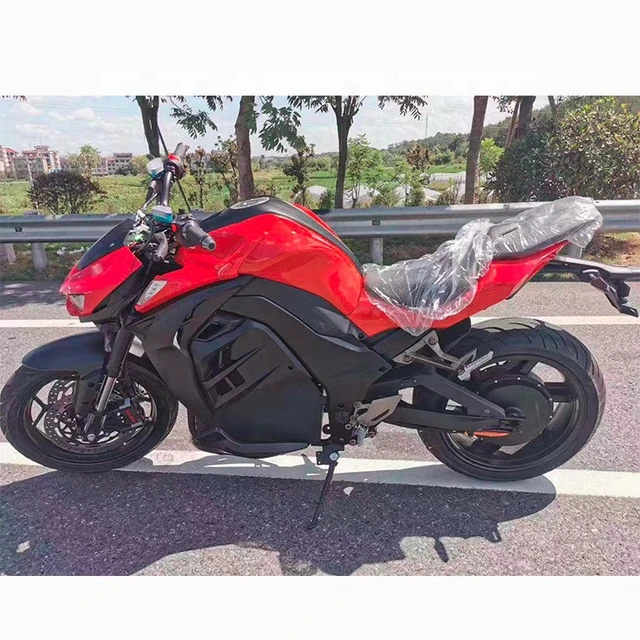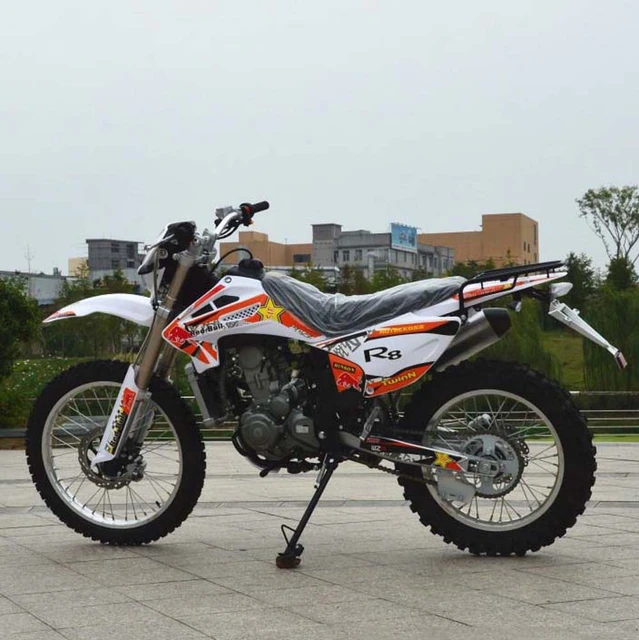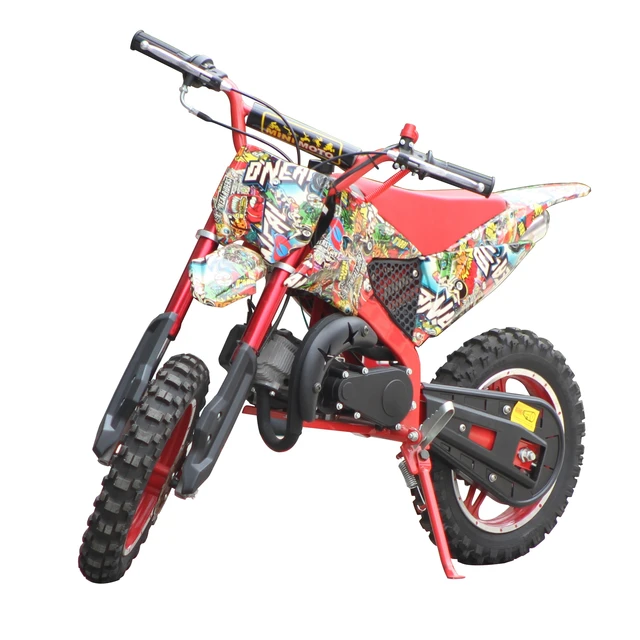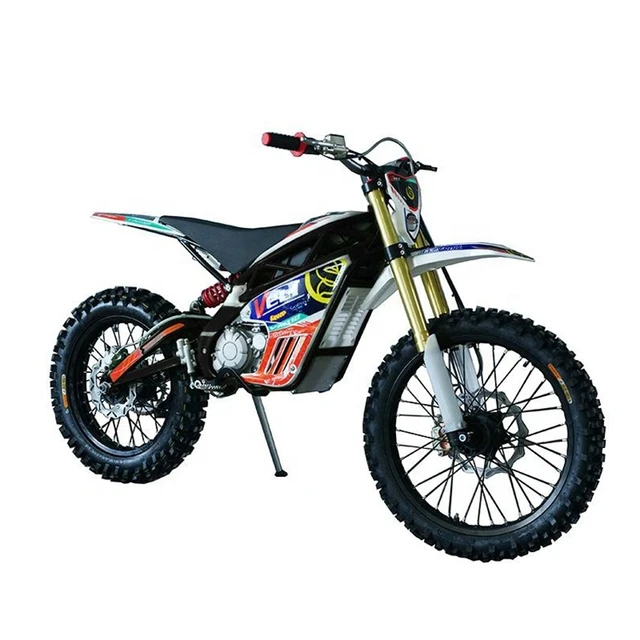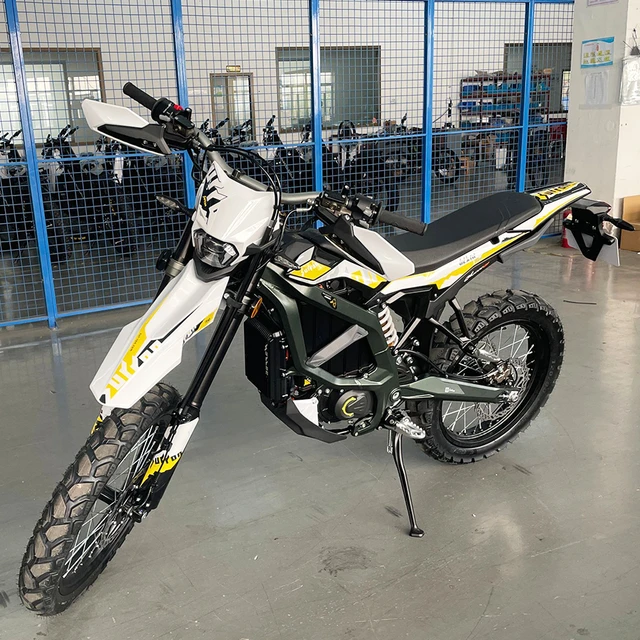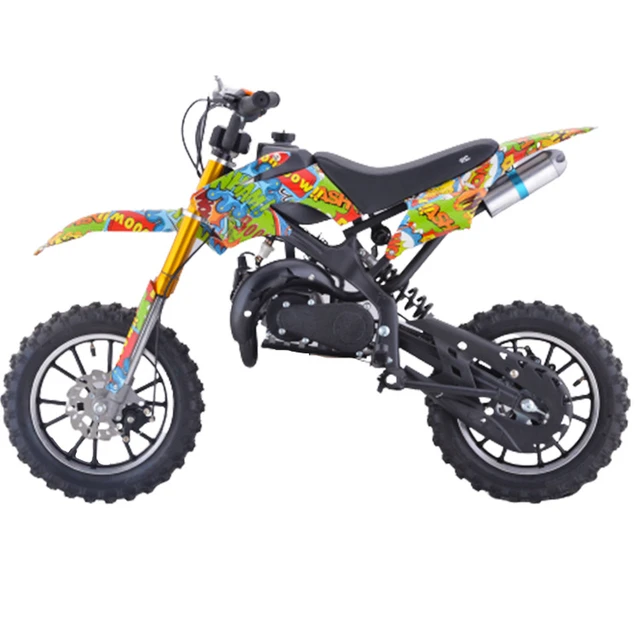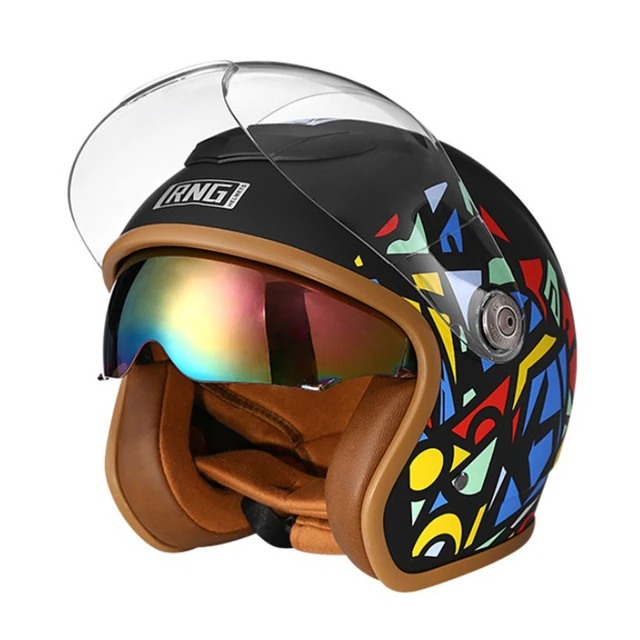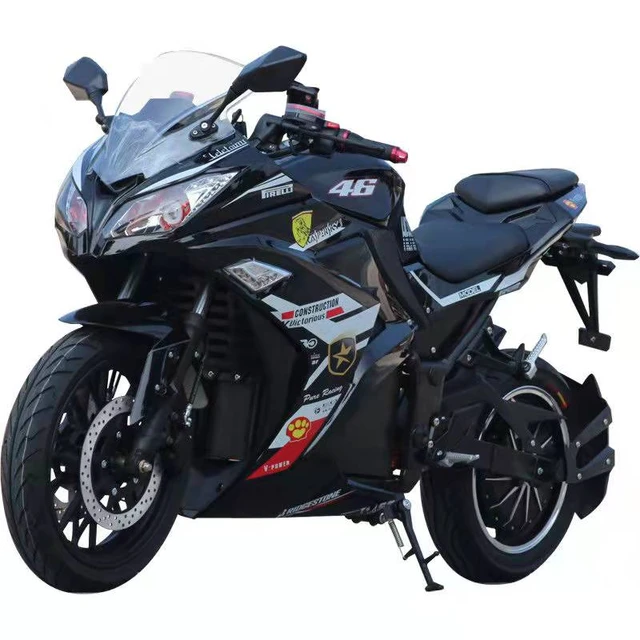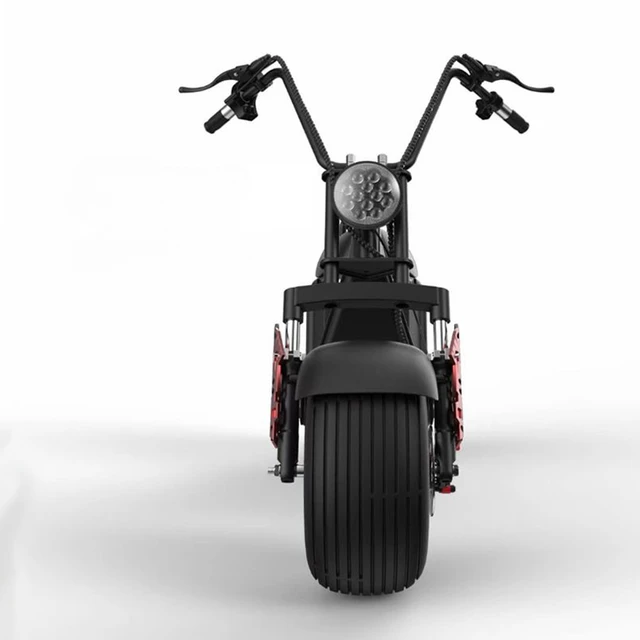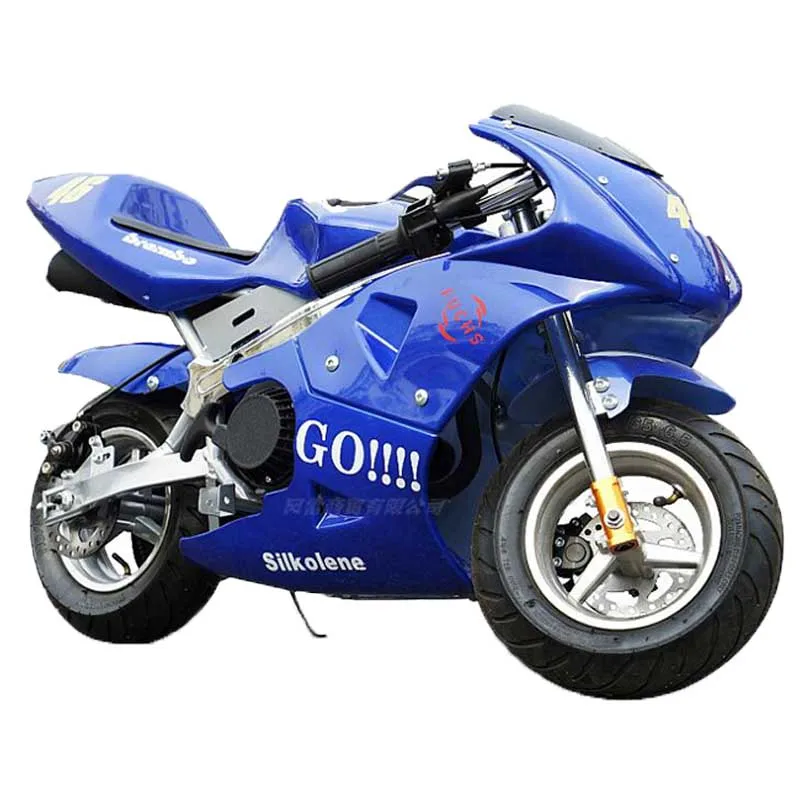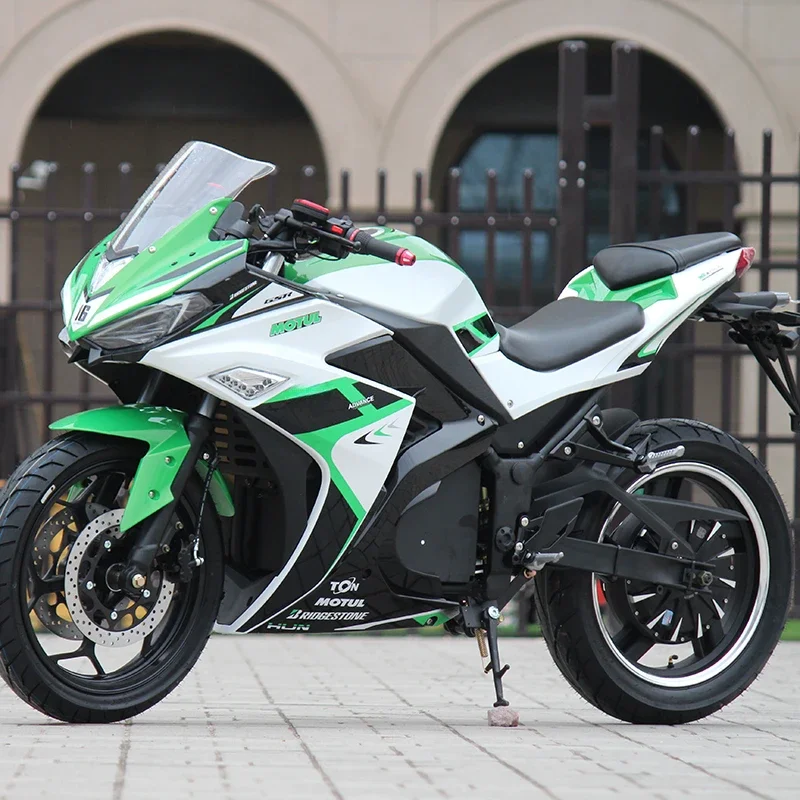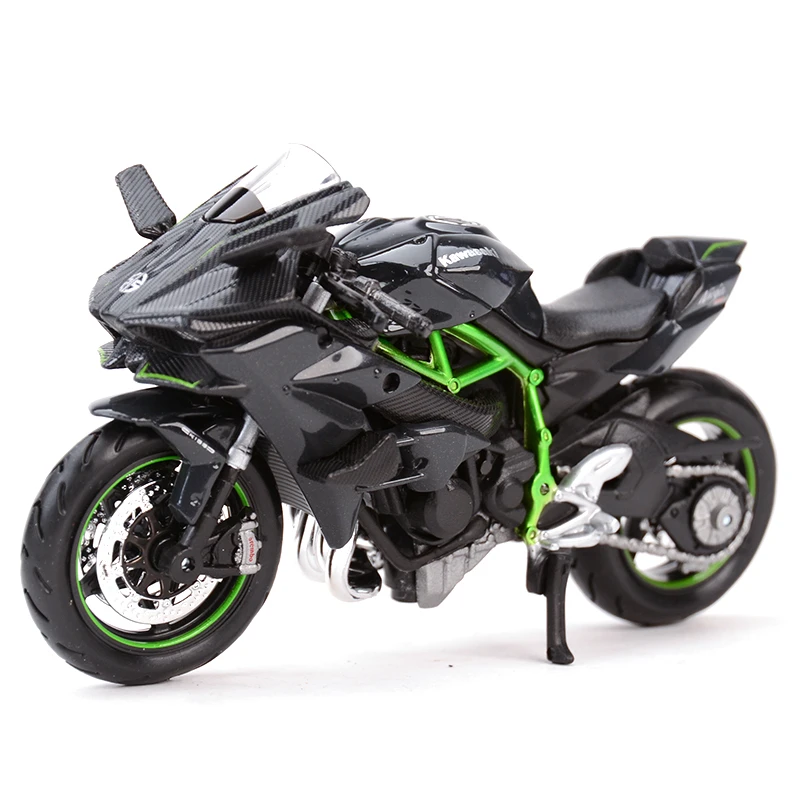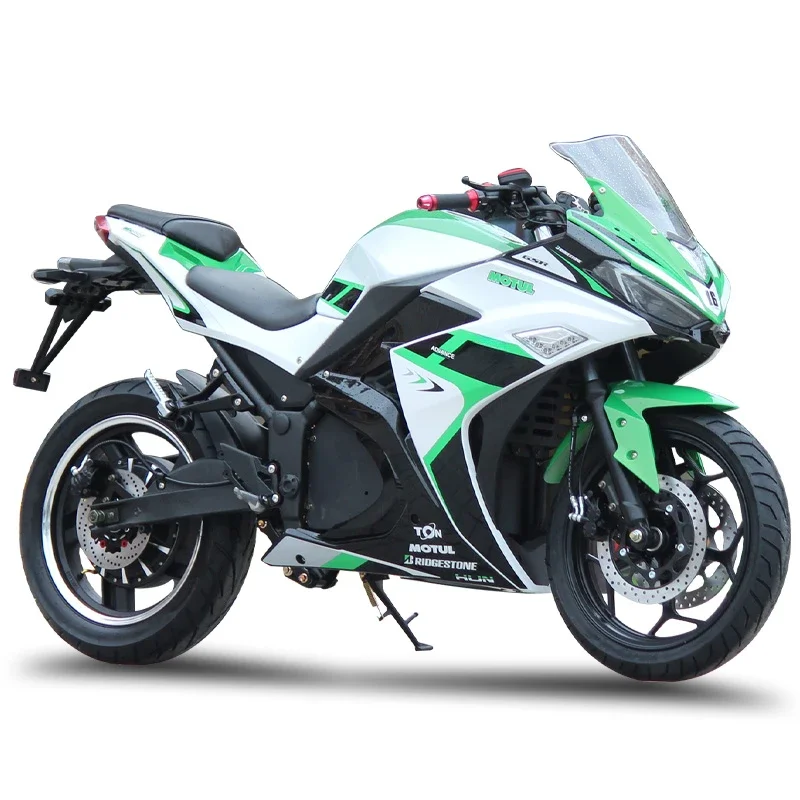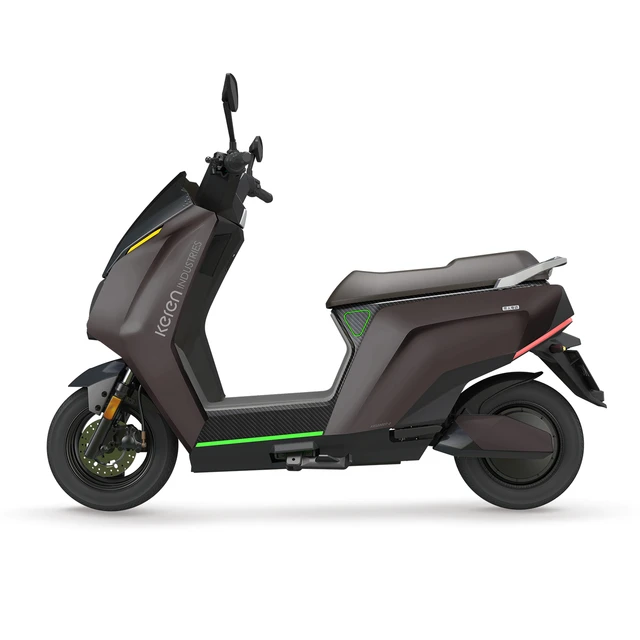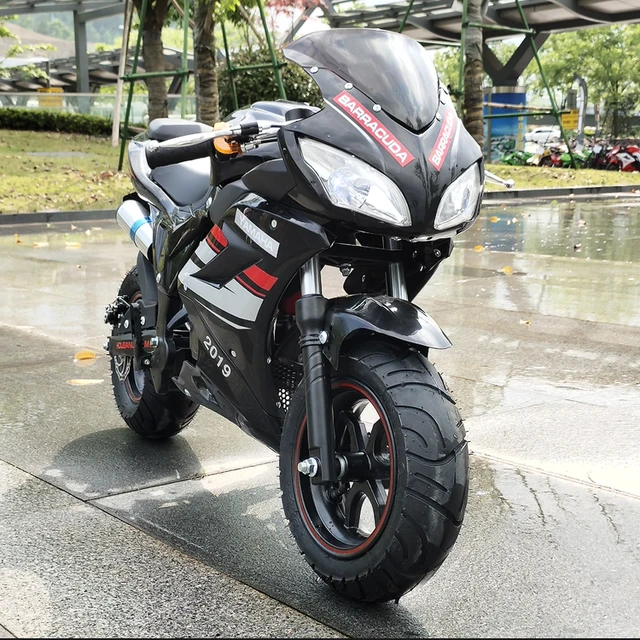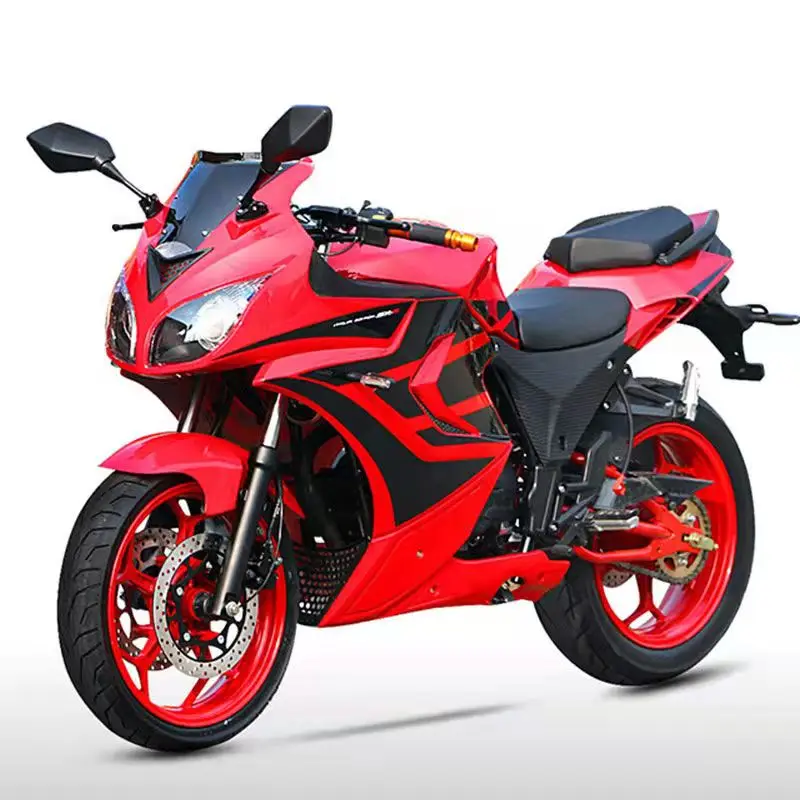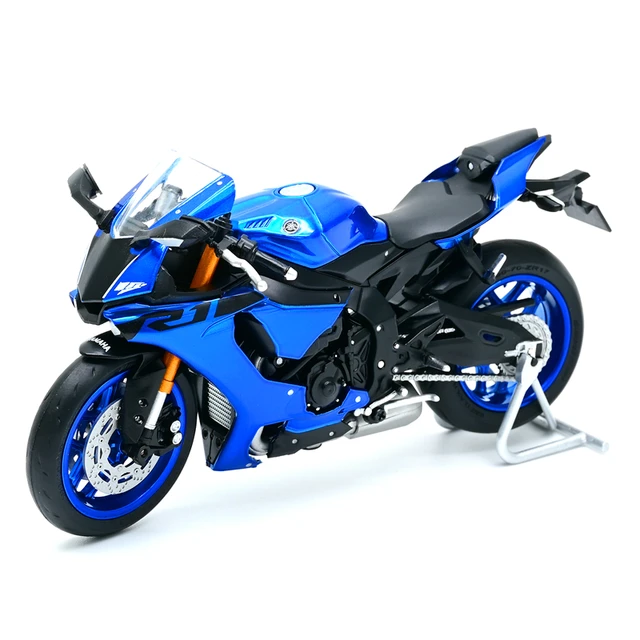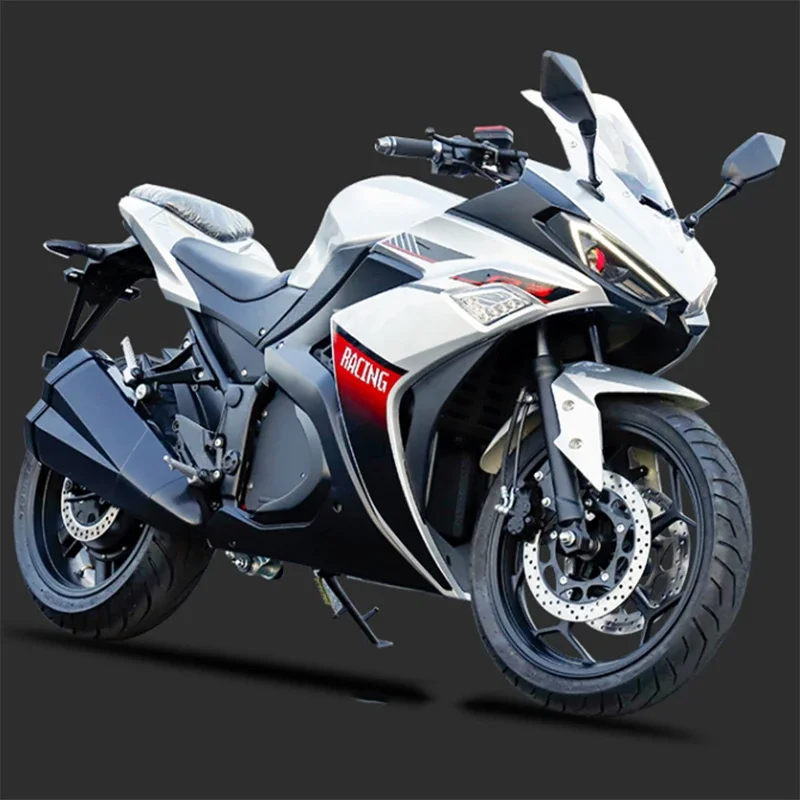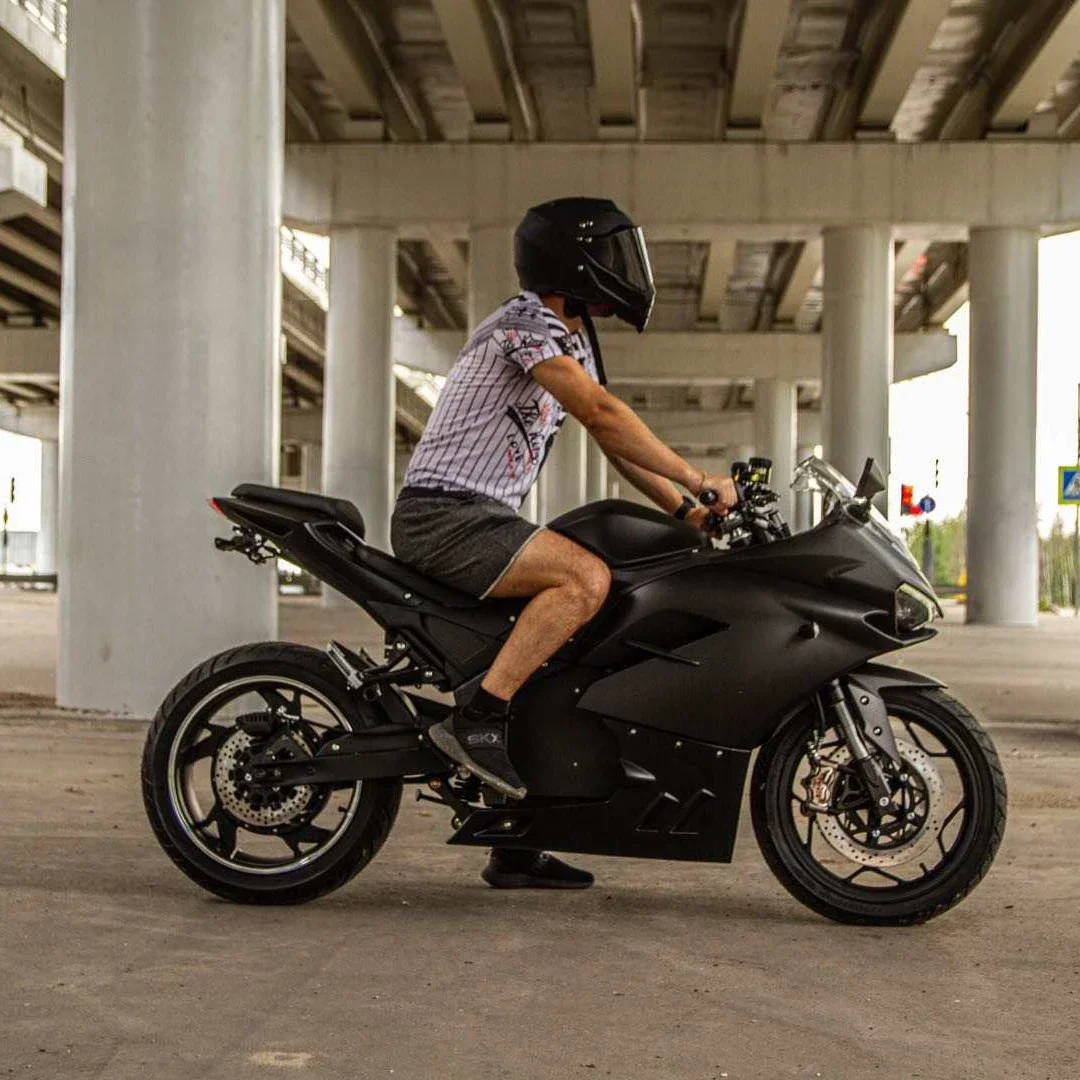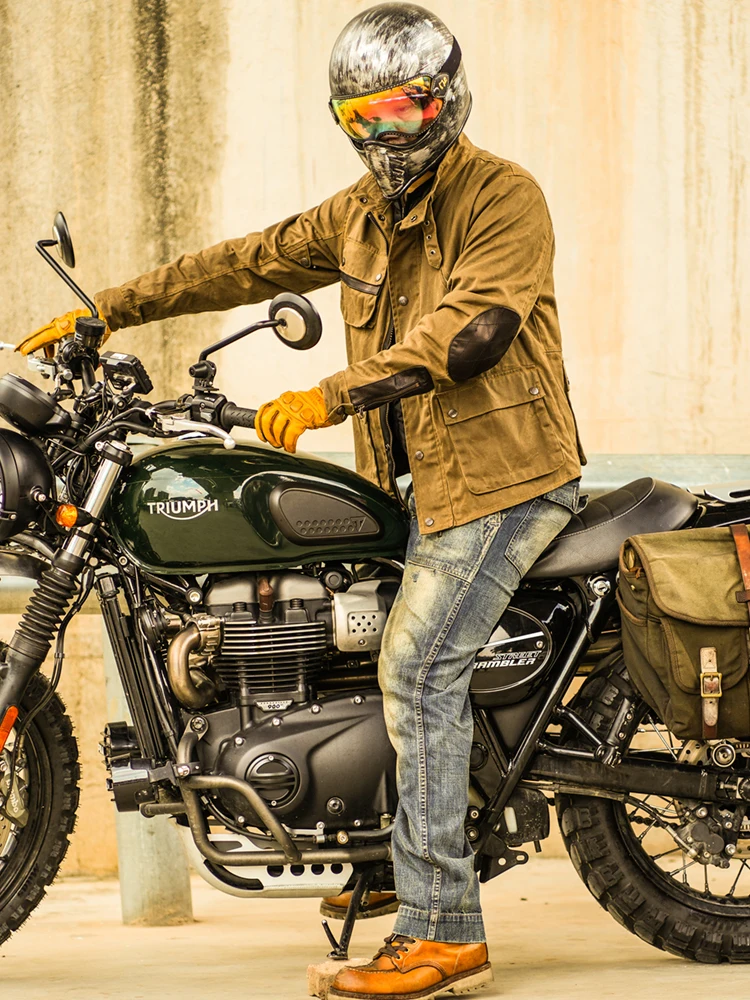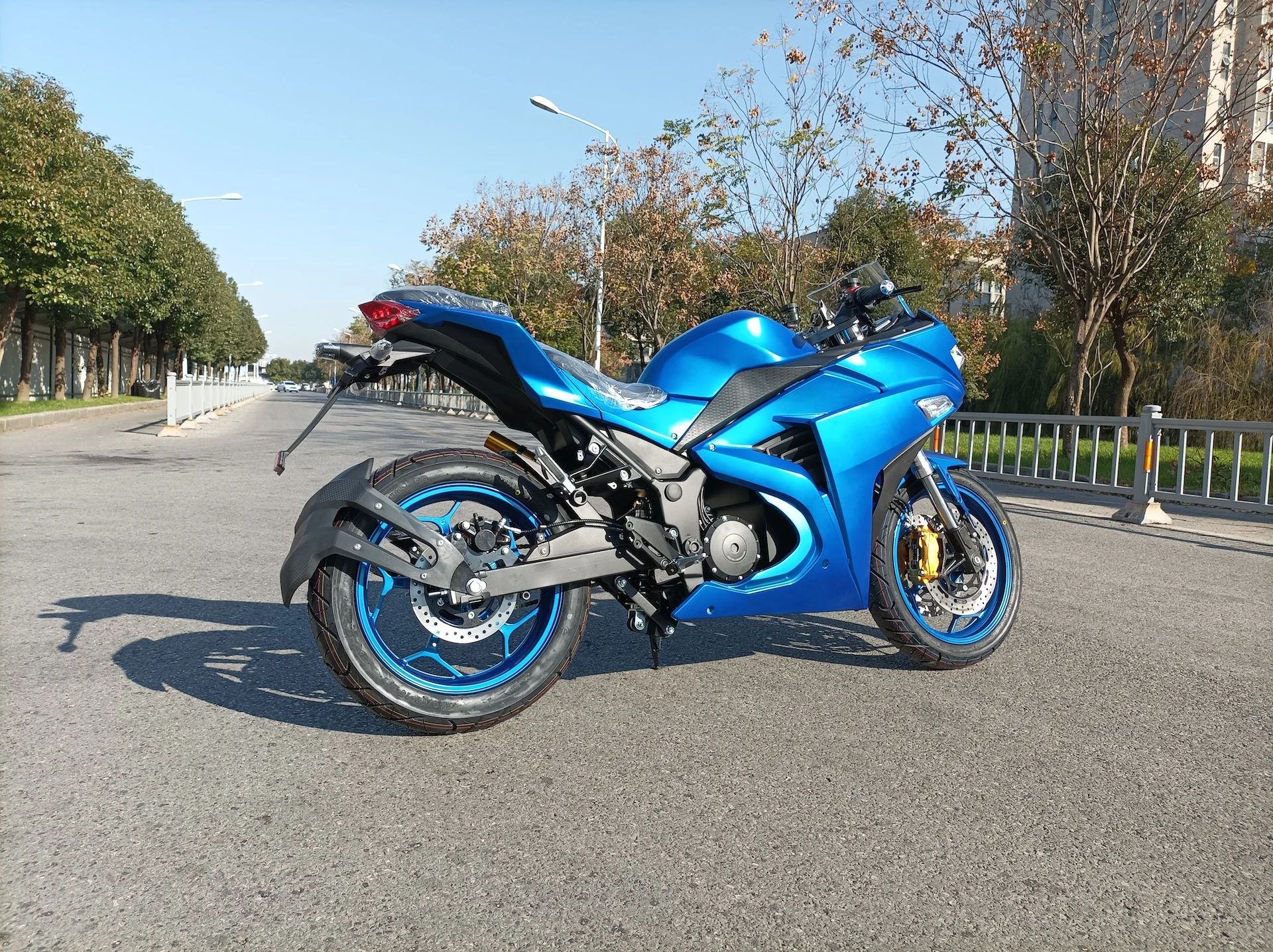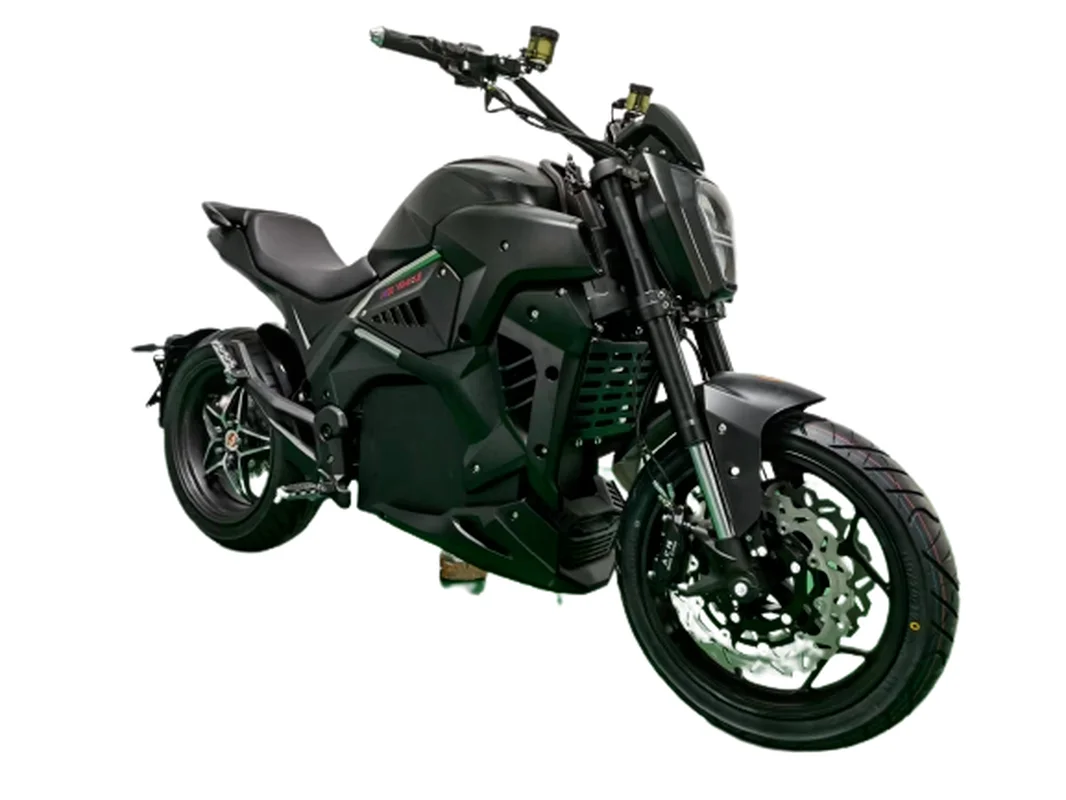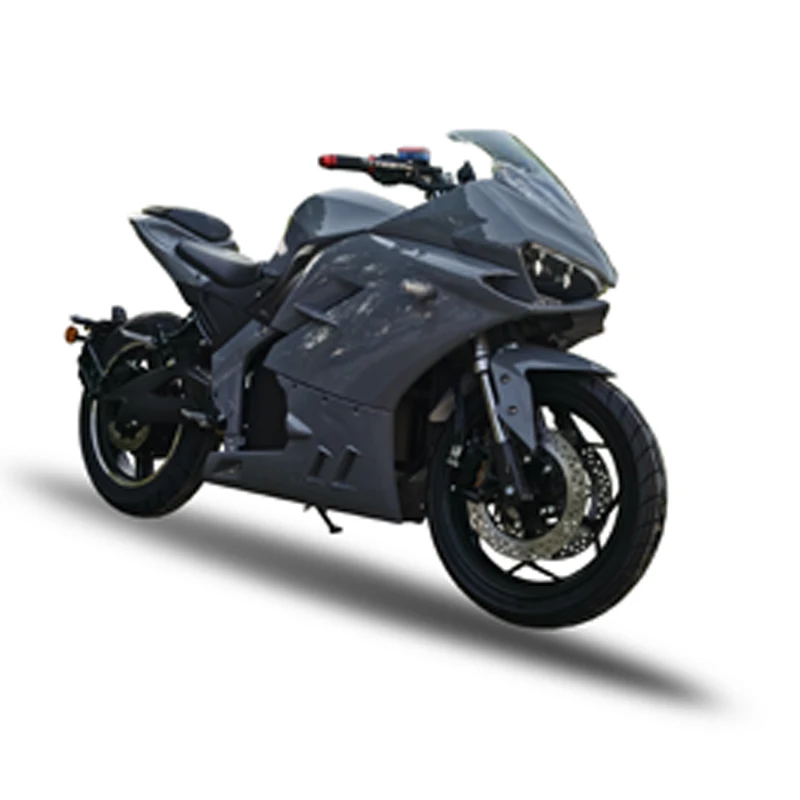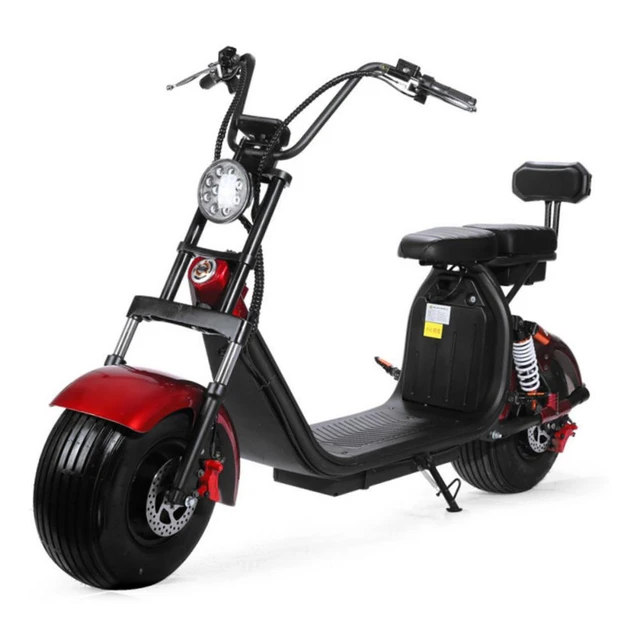Introduction
Choosing appropriate footwear is an essential consideration for motorcycle riders. Leather boots are a popular choice due to their durability, style, and protective qualities. However, it is important to understand the specific considerations and potential risks associated with wearing leather boots on a motorcycle. In this guide, we will provide a comprehensive overview of wearing leather boots while riding a motorcycle. By considering factors such as safety, protection, comfort, and maintenance, you can make an informed decision regarding the suitability of leather boots for your motorcycle riding needs.
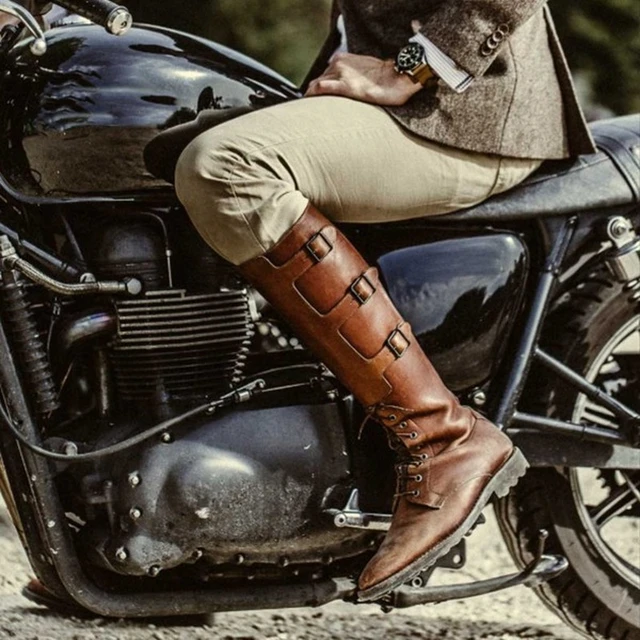
Can I wear leather boots on a motorcycle?
Safety Considerations
1.1. Ankle Support
One of the important safety considerations when wearing boots on a motorcycle is ankle support. Leather boots, particularly those designed for motorcycle riding, often feature reinforced ankle support in the form of padding or internal armor. This support helps protect against ankle injuries in the event of a crash or impact.
1.2. Protection from Debris and Road Hazards
Leather boots can provide a protective barrier against debris, road hazards, and weather elements. The durable leather material helps shield the feet and lower legs from flying rocks, gravel, or other objects that may be encountered while riding. Additionally, the thickness of leather can provide some insulation against heat from the motorcycle’s engine and exhaust.
Durability and Longevity
2.1. Leather Quality
When selecting leather boots for motorcycle riding, it is crucial to choose high-quality boots made from durable leather. Genuine leather offers better durability and resistance to abrasion compared to synthetic materials. Look for boots constructed from thick, top-grain or full-grain leather, as they tend to be more resilient and able to withstand the rigors of motorcycle riding.
2.2. Reinforced Construction
To enhance durability, some motorcycle-specific leather boots feature reinforced construction. This can include double or triple stitching, reinforced toe boxes, and added protection in high-wear areas. The reinforced construction helps prolong the lifespan of the boots and ensures they can handle the demands of motorcycle riding.
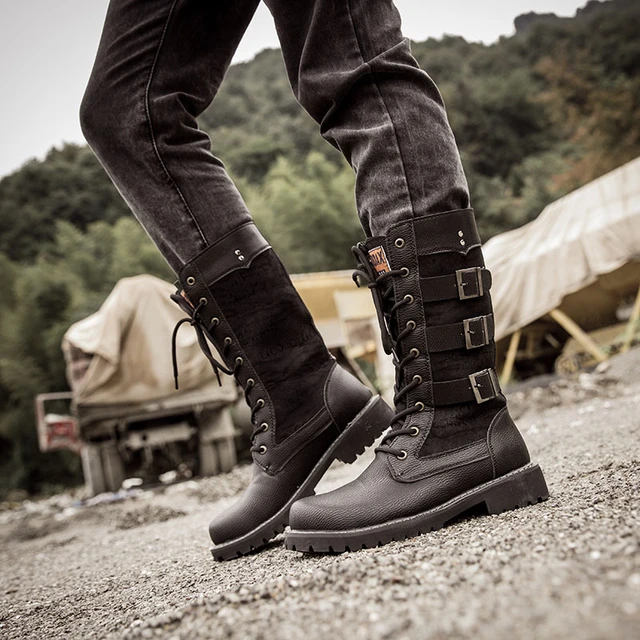
Comfort and Fit
3.1. Proper Fit
Comfort and fit are crucial when wearing any footwear, especially on a motorcycle. Ill-fitting boots can cause discomfort, restrict movement, and potentially impede control of the motorcycle. When choosing leather boots for motorcycle riding, ensure they fit properly, with enough room for your toes and a secure fit around the ankle and calf. Consider trying on different brands and styles to find the best fit for your feet and riding preferences.
3.2. Breathability and Moisture Management
Leather boots, while durable, can be less breathable than other materials. This can lead to potential discomfort and foot perspiration, particularly in hot climates or during extended rides. Look for leather boots with breathable linings or moisture-wicking properties to help manage perspiration and maintain comfort during rides.
Maintenance and Care
4.1. Waterproofing
Leather boots are typically water-resistant but not entirely waterproof. To enhance their water resistance, consider treating the boots with a waterproofing product specifically designed for leather. Regularly applying a waterproofing agent can help repel water and keep your feet dry during wet riding conditions.
4.2. Cleaning and Conditioning
Proper maintenance and care are essential for preserving the appearance and longevity of leather boots. Clean the boots regularly using a soft brush or cloth and a mild leather cleaner. After cleaning, apply a leather conditioner to keep the leather supple and prevent it from drying out or cracking. Regular maintenance helps maintain the boots’ quality and extends their lifespan.
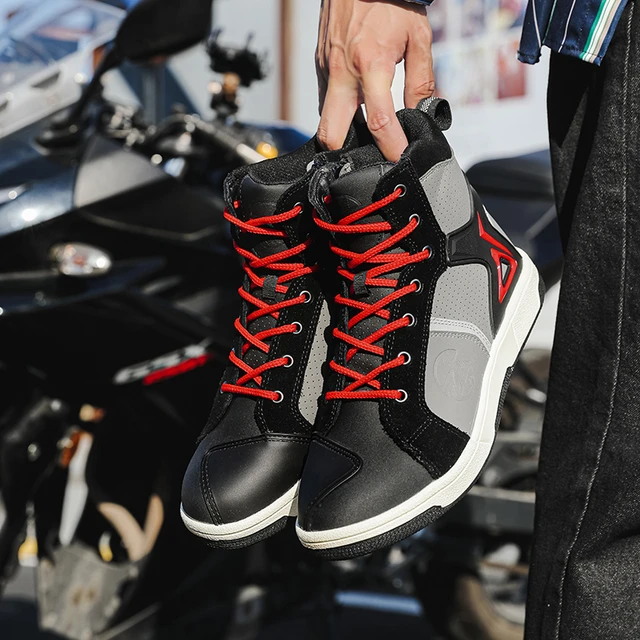
Additional Safety Accessories
5.1. Motorcycle-Specific Gear
While leather boots can offer some protection, it is important to consider wearing additional motorcycle-specific safety gear. This includes a helmet, protective jacket, pants or riding jeans, gloves, and knee-high motorcycle-specific boots. These accessories are designed to provide optimal protection for different parts of the body and enhance overall safety while riding.
5.2. Reinforced Toe Shifter Pads
Some motorcycle-specific boots feature reinforced toe shifter pads, which provide additional protection and durability in the area commonly exposed to repeated shifting. These pads minimize wear and tear on the boot’s toe area and help prevent damage from repeated contact with the motorcycle’s shifter.
Riding Style and Preferences
6.1. Style and Aesthetics
Leather boots are often chosen for their style and aesthetics, as they can complement the look of a motorcycle rider. Many riders appreciate the classic and timeless appearance of leather boots, which can add to their overall riding attire and personal style.
6.2. Riding Conditions
Riding conditions can influence the suitability of leather boots. In hotter climates, leather boots may not be as breathable as other materials, leading to potential discomfort. Consider the climate and weather conditions in your riding area and choose boots accordingly. In extreme heat or inclement weather, you may need to explore alternative options, such as ventilated boots for hot climates or waterproof boots for wet conditions.
Alternative Footwear Options
7.1. Motorcycle-Specific Boots
While leather boots can provide adequate protection for motorcycle riding, there are other footwear options specifically designed for motorcycling that offer enhanced safety features. Motorcycle-specific boots often include added protection in critical areas, such as reinforced ankle support, toe and heel protection, and shank reinforcement. These boots are purpose-built to withstand the demands of motorcycle riding and provide optimal protection for your feet and ankles.
7.2. Riding Shoes
Riding shoes are another alternative to consider. These shoes combine the style and comfort of casual footwear with the added protection required for motorcycle riding. Riding shoes often feature reinforced toe boxes, ankle support, and non-slip soles. They are designed to provide a balance between protection and everyday comfort, making them a popular choice for riders who prioritize both style and safety.
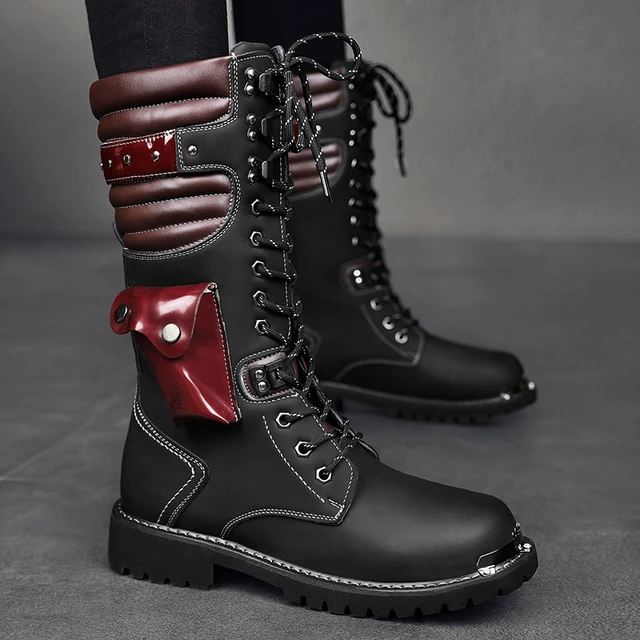
Legal Considerations
8.1. Legal Requirements
It is important to be aware of any legal requirements regarding footwear while riding a motorcycle. Some jurisdictions mandate the use of specific footwear, such as boots that cover the ankle, for safety purposes. Familiarize yourself with the local laws and regulations to ensure compliance and prioritize your safety while riding.
Personal Risk Assessment
9.1. Individual Riding Style and Risk Tolerance
Every rider has their own riding style and risk tolerance. It is important to assess your own personal preferences and comfort level when choosing footwear for motorcycle riding. Consider the type of riding you engage in, the level of protection you desire, and the level of risk you are willing to take. If you prioritize maximum protection, motorcycle-specific boots may be the preferred choice. However, if you prioritize comfort and style while accepting a slight reduction in protection, leather boots may be suitable.
9.2. Assessing the Riding Environment
Evaluate the riding environment in which you typically ride. If you primarily ride on urban roads with lower speeds and limited exposure to potential hazards, leather boots may offer sufficient protection. However, if you frequently ride on challenging terrains or engage in high-speed riding, motorcycle-specific boots with advanced safety features may be a more appropriate choice.
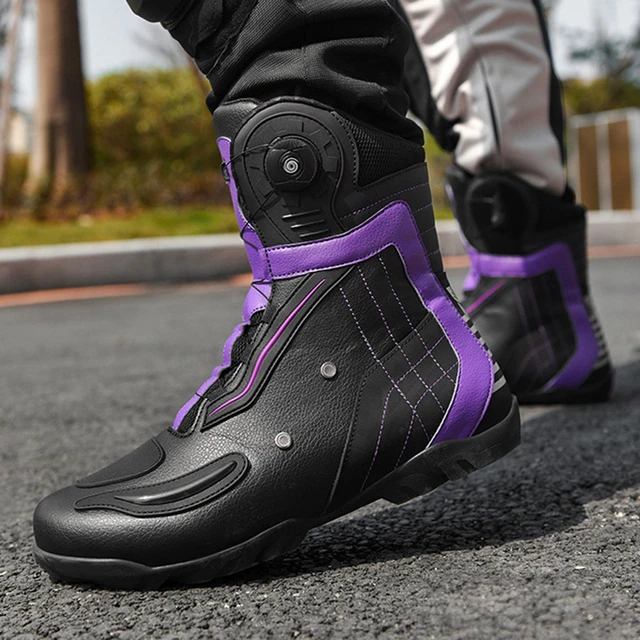
Conclusion
Wearing leather boots on a motorcycle can provide a balance of style, protection, and durability. The ankle support and protection from debris make leather boots a popular choice among motorcycle riders. However, it is important to select high-quality boots made from durable leather and ensure they fit properly for comfort and safety. Regular maintenance and care, including waterproofing and cleaning, are essential to prolong the lifespan of leather boots. Consider additional safety accessories and riding conditions when making your footwear choices. By understanding these considerations, you can confidently decide if leather boots are suitable for your motorcycle riding needs and enjoy the benefits they offer in terms of protection, durability, and style.

